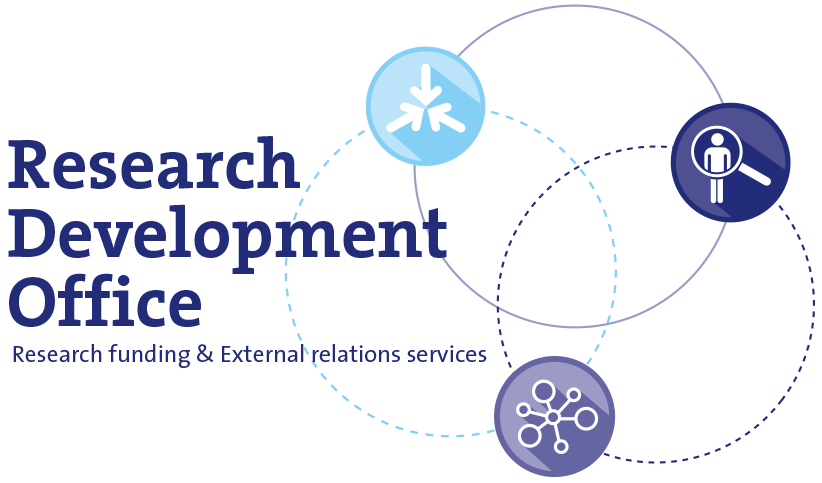Silence study

Project summary
Death rattle is defined as ‘noisy breathing caused by the presence of mucus in the upper respiratory tract’. This phenomenon is a common symptom in the last days of life, where 12–92% of patients in the dying phase have been reported to develop death rattle. Professionals assume that patients do not experience distress from death rattle because their consciousness is reduced in the dying phase.
For the relatives, the rattling noise is unpleasant and disturbing, and they may fear that their loved one is suffering and might be choking. Sixty-six percent of the relatives of patients who died in a palliative care unit indicated to experience death rattle as “very stressful” and 53% of them said that there is a great need to improve the care for and treatment of death rattle.
Anticholinergic medication is considered the standard treatment for death rattle. Anticholinergics decrease the production of mucus but do not affect existing mucus. These drugs may therefore be more effective if they are administered prophylactically, before death rattle occurs. Scopolaminebutyl is the most frequently prescribed anticholinergic drug for death rattle in the Netherlands.
We designed a randomized controlled trial (RCT) to answer our research question: is scopolaminebutyl, when given prophylactically, effective in preventing death rattle.A questionnaire will be sent to relatives three months after the patient has died to gain insight in how they experienced participation of their beloved one in research.
Impact
More detailed information
Principal Investigator:
Role Erasmus MC:
Coordinator
Department:
Project website:
Not available
Funding Agency:
ZonMw



